 EN
EN
 PT
PT

Quick guide for teachers
Lower secondary school
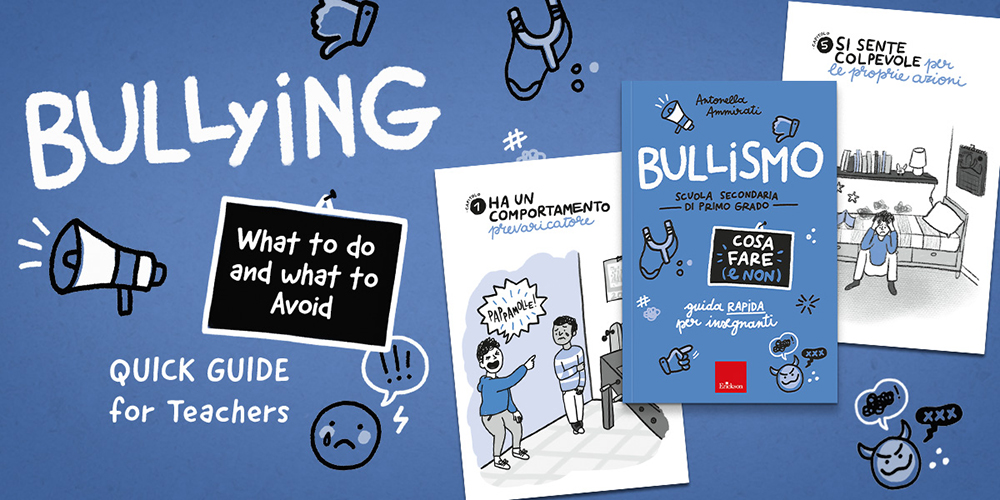
Bullying is an aggressive, repetitive, and intentional behavior that aims at physically, verbally or psychologically harm a weaker or vulnerable person.
In the style of a Teacher Training notebook, Bullying: What to Do and What to Avoid is a practical guide for secondary school teachers on how to deal with problematic behaviors typical of the bullying phenomenon in the classroom, suggesting what to do and what, instead, to avoid.
BOOK STRUCTURE AND CONTENTS
The volume is divided into four macro-topics that present the bully, the victim, the group and the context:
WHAT TO DO AND WHAT TO AVOID
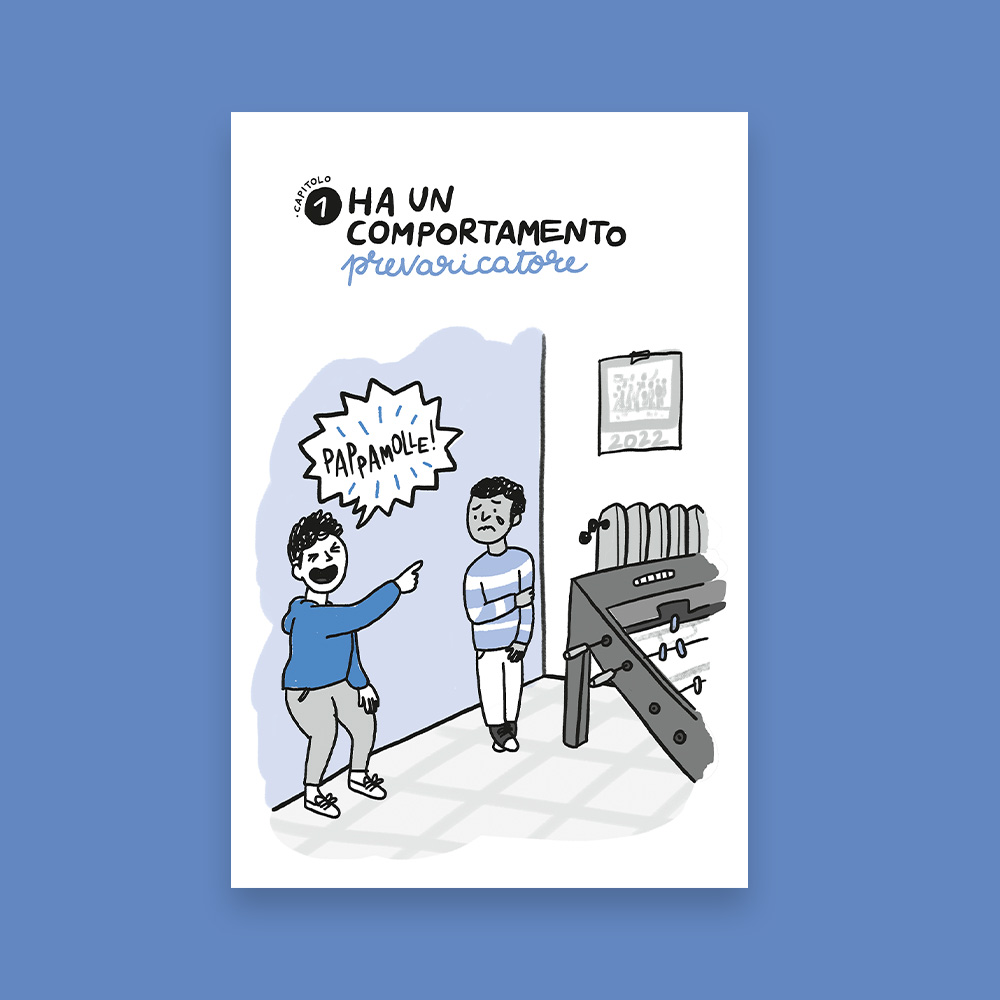
At the beginning of each chapter, a drawing introduces the analysed behaviour.
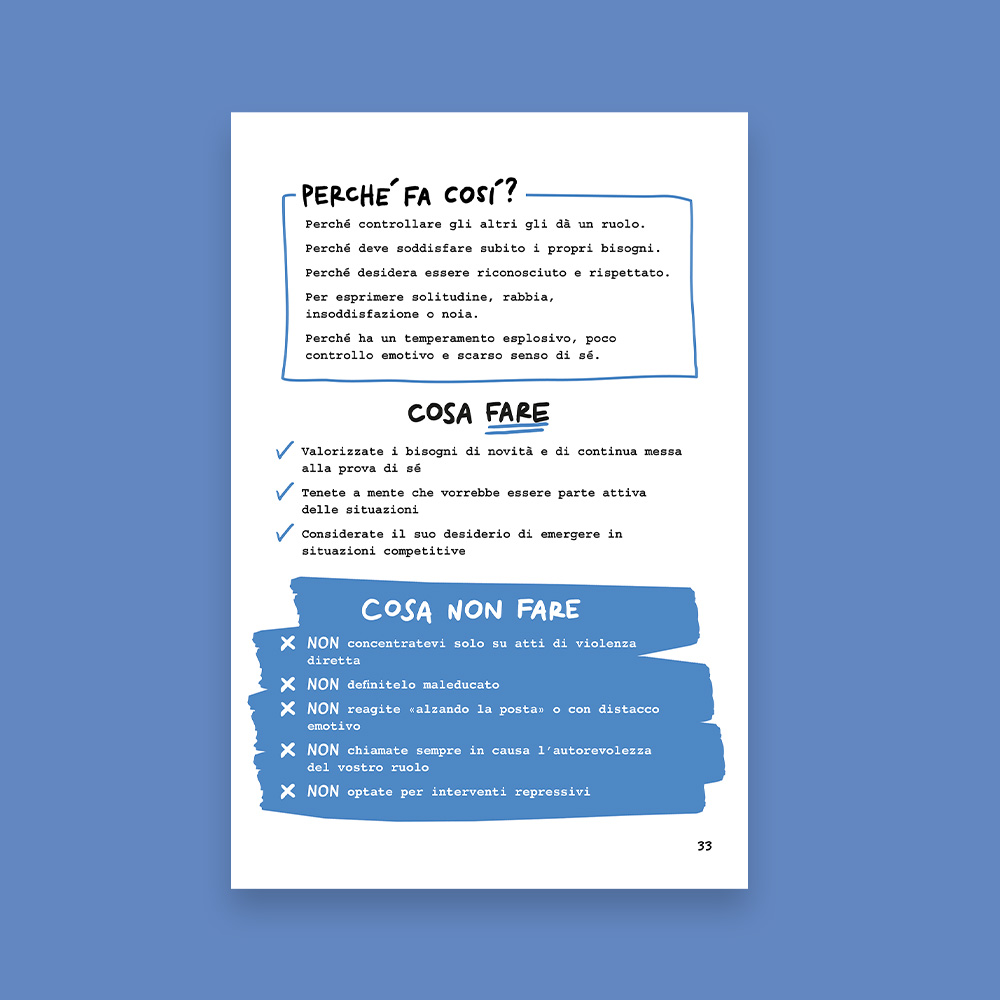
• Explanations of the problem behaviour being considered: Why does he/she do this?
• Brief and simple indications that can be useful to the teacher as a reference point for quickly deciding What to do and reflect on What to avoid.
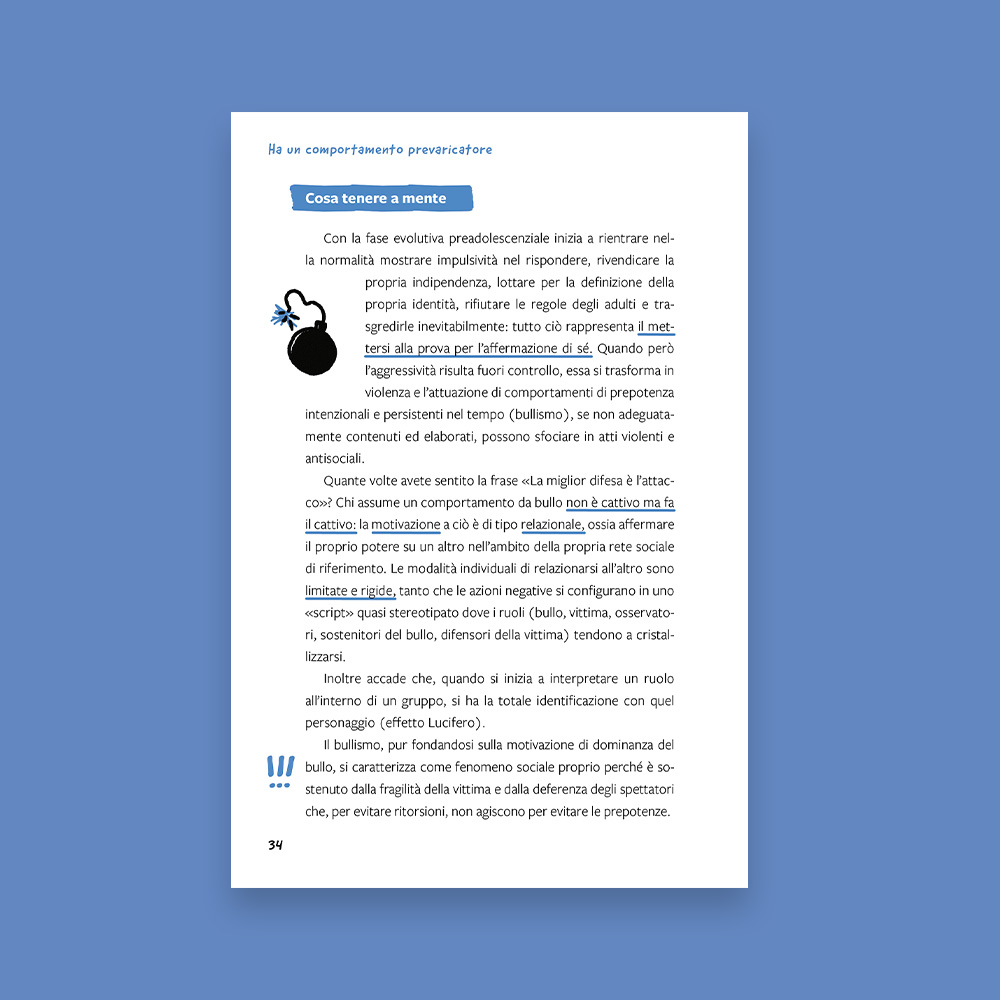
• A more in-depth description of the specific problem behaviourbeing worked on: Analysis of the problem behaviour.
• The tools and educational strategies to create the intervention: How to intervene.
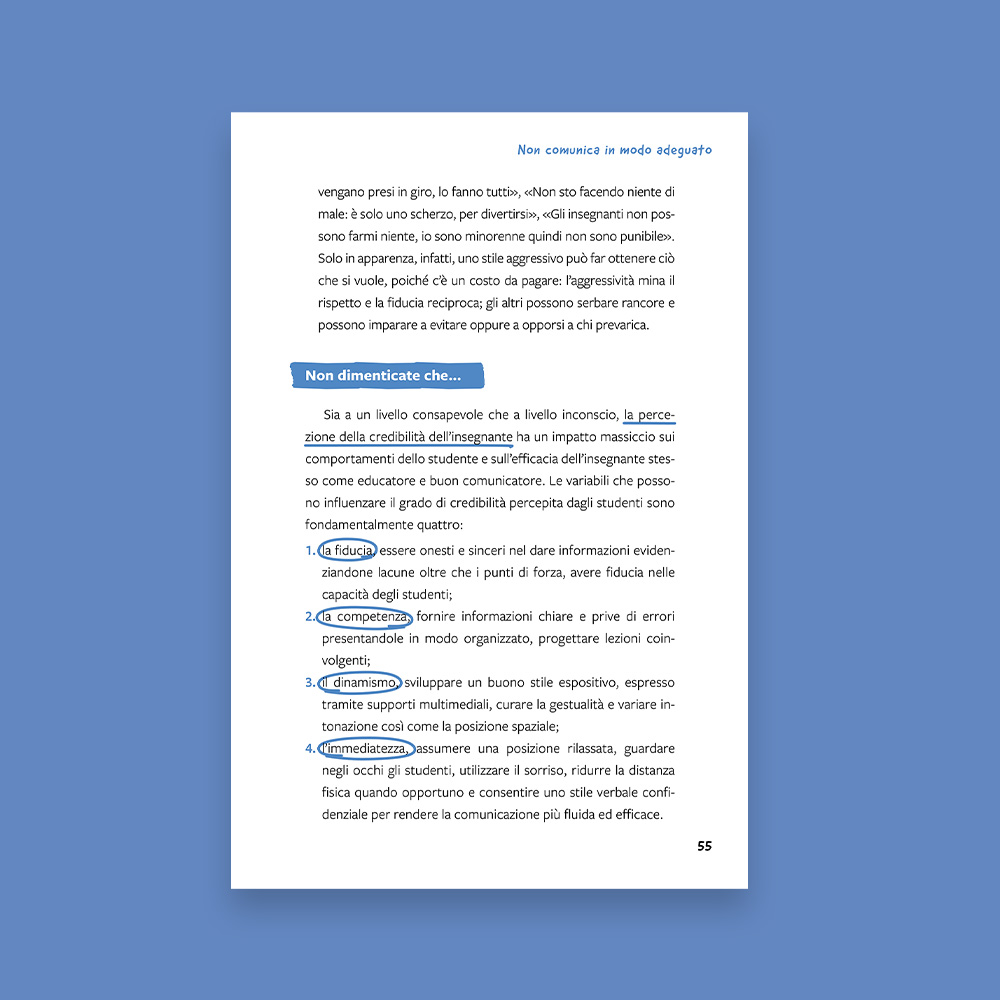
Each chapter closes with The expert advice: reflections to further understand and enrich the teacher’s “briefcase of educational tools”.
Leaf through some pages of volume which have been translated into English to facilitate your evaluation of the product.
THE AUTHOR
Antonella Ammirati
Neuropsychologist and psychotherapist with a psychodynamic focus, and freelancer between clinical practice and school. She has a decade-long collaboration with ODFlab – Department of Psychology and Cognitive Sciences of the University of Trento, where she specialized in diagnosis and intervention of developmental and adult disorders.